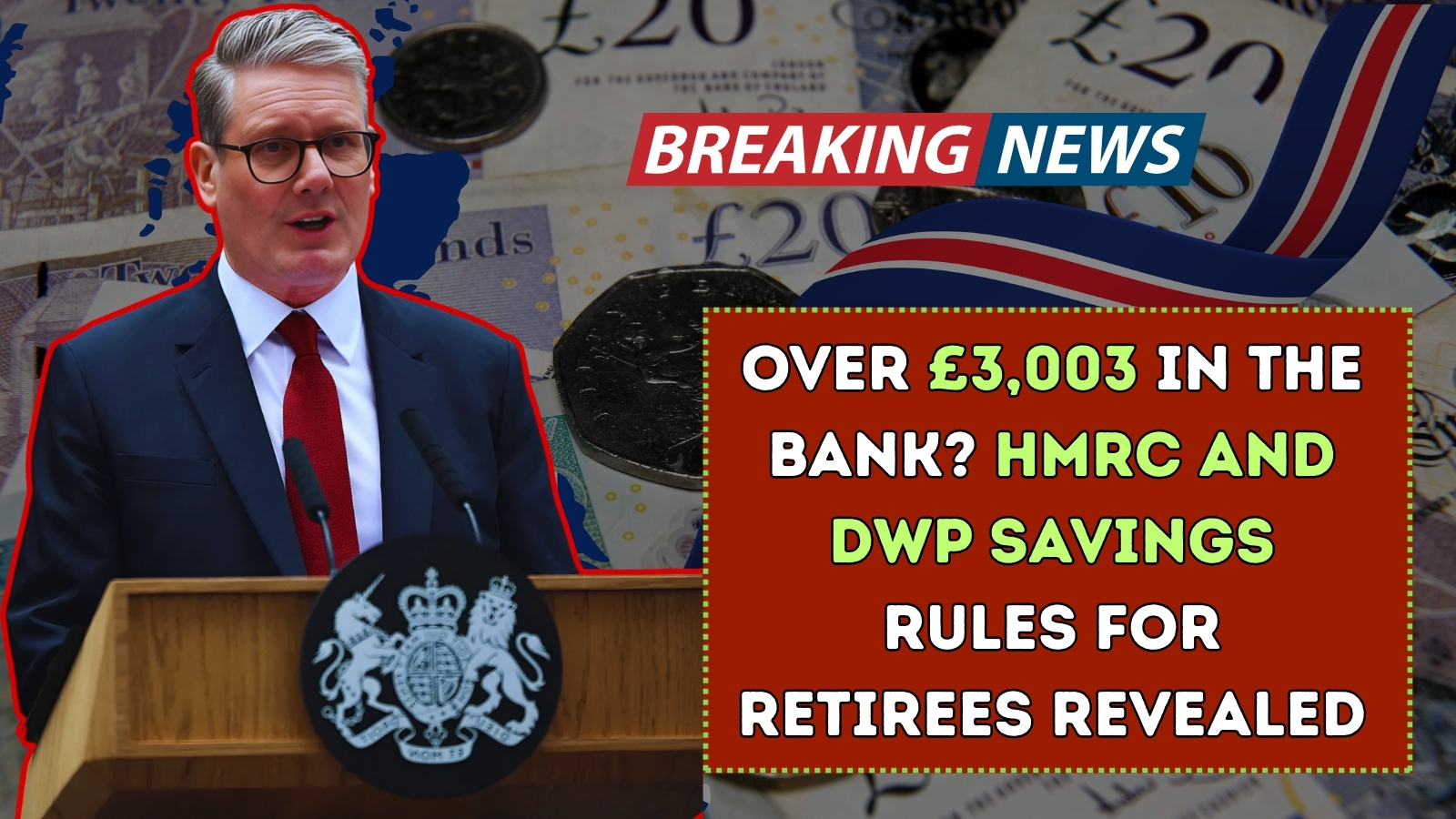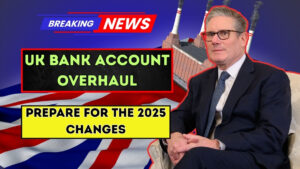UK retirees with over £3,000 in savings now face enhanced scrutiny from HMRC and the Department for Work and Pensions (DWP) under new 2025 rules. This represents a significant shift from previous thresholds and affects how your savings impact both tax obligations and benefit entitlements.
Let me break this down step by step to help you understand exactly what this means for your financial situation. Think of this new threshold as a “spotlight” that brings additional attention to your finances, rather than an automatic penalty.
How HMRC’s Enhanced Monitoring Works!
HMRC now uses automated matching software that cross-references data from banks, building societies, and investment accounts with your declared income. This sophisticated system can identify discrepancies between what you’ve reported and what financial institutions have recorded.
The key areas under review include interest earned on savings accounts, ISAs, bonds, and other investment vehicles. Basic rate taxpayers have a Personal Savings Allowance of £1,000, while higher rate taxpayers get £500. If your interest exceeds these amounts, you’ll need to declare it through Self Assessment or HMRC will adjust your tax code automatically.
DWP Benefit Impact Assessment
The new rules primarily affect pensioners claiming Pension Credit, Housing Benefit, and Council Tax Reduction, where the scrutiny threshold may be lowered from £10,000 to £3,000. This doesn’t mean you’ll lose benefits immediately, but it triggers a more detailed financial assessment.
Current Benefit Thresholds and Rates!
Understanding the current system helps you plan effectively. Pension Credit can provide up to £346.60 weekly for eligible couples, while savings over £6,000 typically begin affecting means-tested benefits, with £10,000 being the upper limit for Pension Credit eligibility.
Savings Impact Table
| Savings Amount | HMRC Action Required | DWP Benefit Impact | Recommended Steps |
|---|---|---|---|
| Under £3,000 | Monitor interest only | No immediate review | Maintain records |
| £3,000-£6,000 | Declare excess interest | Enhanced scrutiny | Update benefit office |
| £6,000-£10,000 | Tax on excess interest | Reduced benefit rates | Consider financial advice |
| Over £10,000 | Self Assessment likely | Pension Credit excluded | Professional review essential |
Protecting Your Financial Position!
The most important step is maintaining accurate records and responding promptly to any HMRC or DWP communications. You can voluntarily disclose previously undeclared savings income through HMRC’s Digital Disclosure Service, often resulting in reduced penalties compared to being discovered through investigation.
Remember, these rules aim to ensure fair distribution of benefits and tax compliance, not to penalize honest savers. Stay organized, declare relevant income accurately, and seek professional guidance when uncertain about your obligations.
Frequently Asked Questions
Q: Does the £3,000 threshold mean I’ll lose my State Pension? A: No, the State Pension is contribution-based and unaffected by savings levels. Only means-tested benefits like Pension Credit are impacted.
Q: How quickly do I need to report savings changes? A: Report significant changes to your benefit office within one month and to HMRC by the Self Assessment deadline if applicable.
Q: Can I give money away to reduce my savings below the threshold? A: The DWP considers “deprivation of capital” and may still count gifted money if done specifically to maintain benefit eligibility.




